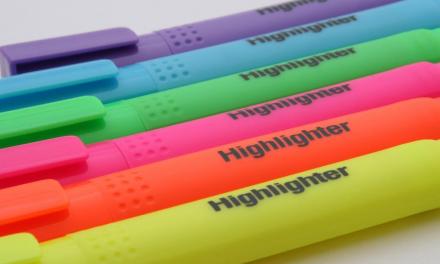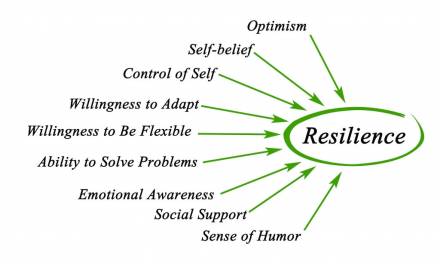Everyone is looking for a way to improve their learning – especially when it comes to remembering and recalling information. There are so many ways you can do this, with flash cards, memory games, even with friends. However, one of the most effective ways of learning and recalling new information is with the use of colour. If you haven’t tried it yet, you should definitely give it a go.
Here is a guide to some of the things you can do with colour, as well as a few of the best colours to use when you are doing these tasks.
Things You Can Do
Here are some of the things you can do with colours to help increase your knowledge retention.
- Mind maps. These are a great way of boosting your memory and helping you to remember. Plus, there are loads of options for colour use throughout. Many people colour code the arms and sections to help separate them. They can be any size and made by groups of people, which makes them a fantastic group learning tool.
- Flash cards. These are fantastic for practicing alone or with friends, and can be colour coded by topic, or anything else that correlates with the subject you are learning.
- Revision lists. These can be coded by subject, date, time, anything that makes things easier. A list of topics to revise with some key points underneath are great for memorising the basics of each subject.
These are just a few of the possibilities, you can colour code almost anything, even your notes from class if it helps you to revise and learn better. Experiment and see what you come up with.
The Best Colours
- Red. Best for facts and figures as well as small chunks of information. Key points should always be marked in red as it stands out and is the best colour for remembering essential snippets.
- Green. Best used for the more difficult topics as it is a colour that promotes and enhances concentration levels. Good for those tricky areas that you desperately need to remember.
- Blue. Great for organising yourself before you begin revising or learning. Plan out your day in blue and list the important tasks that need to be completed. It’s good for complex information, a bit like green.
- Yellow. Perfect for highlighting important information. It is a colour that stands out, and so when you highlight sections in yellow you are going to see them first.
- Orange. This is a fantastic colour for improving your mood and creating some positivity while you learn. It’s a good one to have around you and on your paper should you need a positive boost.
Don’t Overdo It
There is one final word of advice when it comes to using colour in your learning, and that is not to overdo it. Too much colour can cause distraction and take away from the points that you are trying to memorise. Instead, make sure your colour is subtle and in the most important places, avoiding confusion and distraction from what you are trying to remember.









